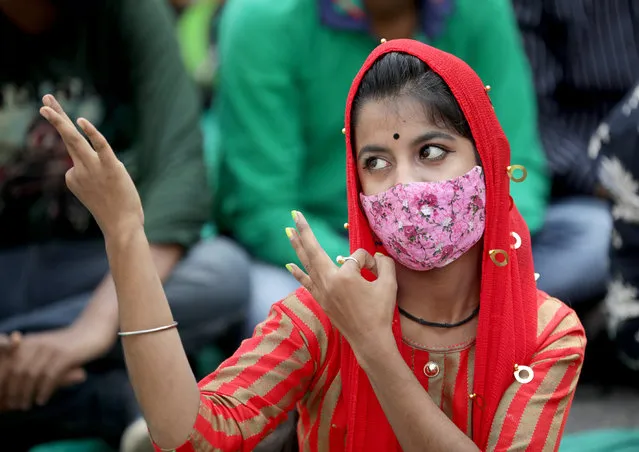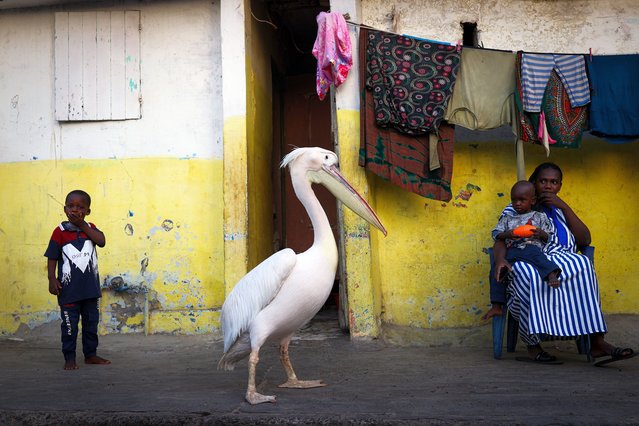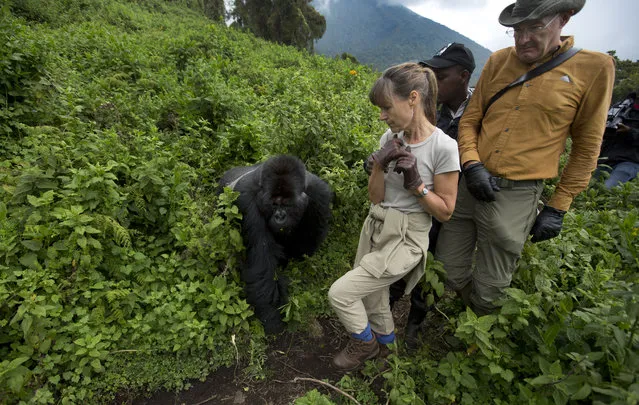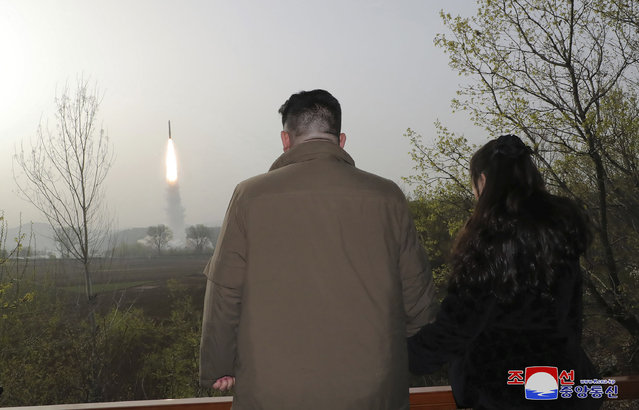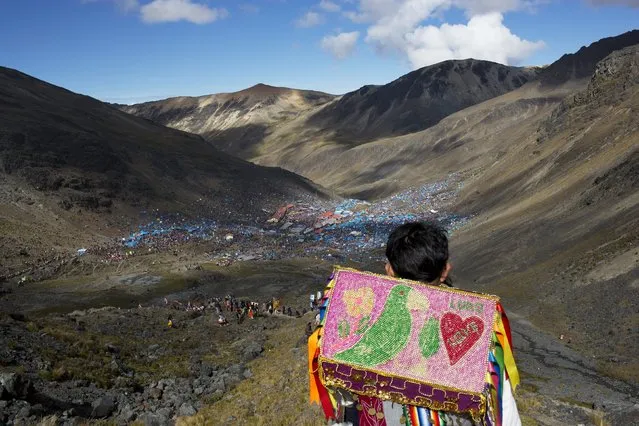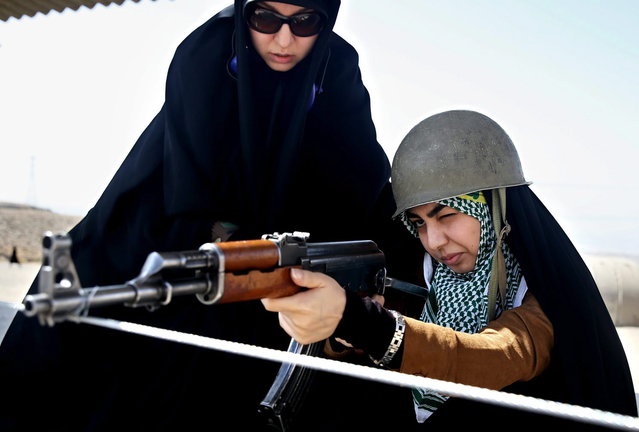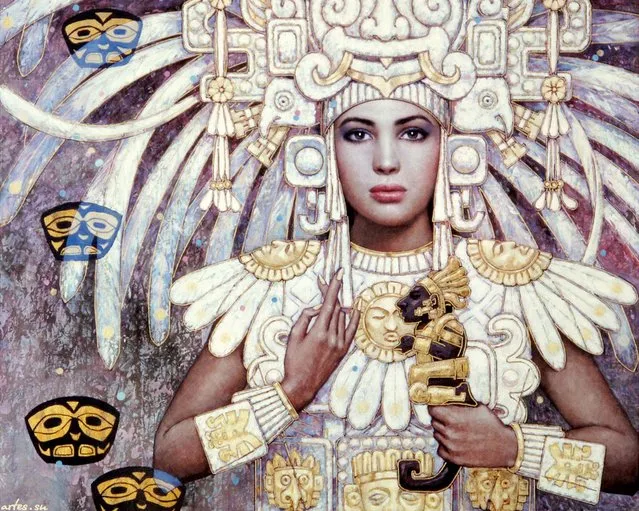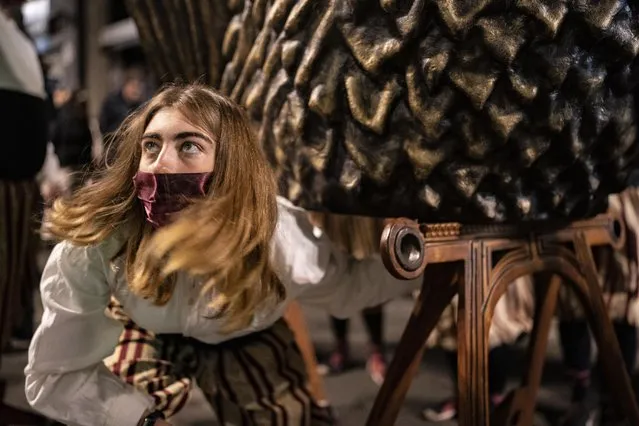
A performer removes a traditional eagle costume after performing “El Ball de l'Àliga” (Dance of the Eagle) during Saint Eulàlia fesitivities in Barcelona, Spain, Friday, February 11, 2022. After two years of canceled or muted celebrations due to the pandemic, this Mediterranean city went all-out to celebrate the feast, or “fest” in the Catalan language, of its patron. (Photo by Joan Mateu Parra/AP Photo)
31 Mar 2023 04:18:00,post received
0 comments

